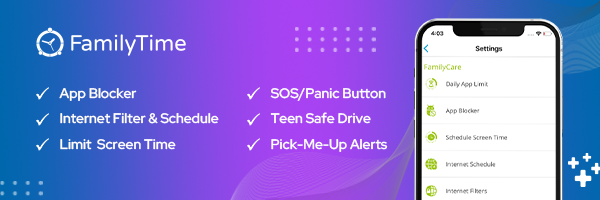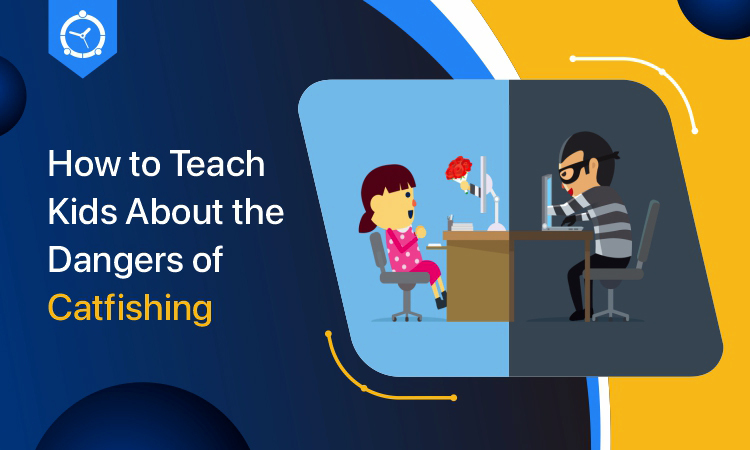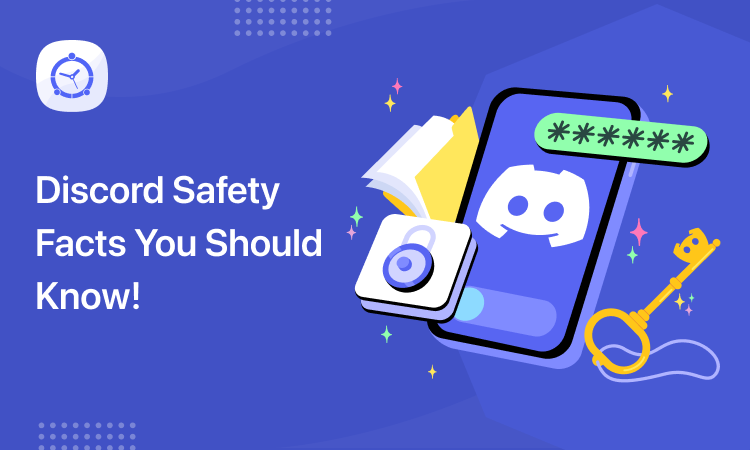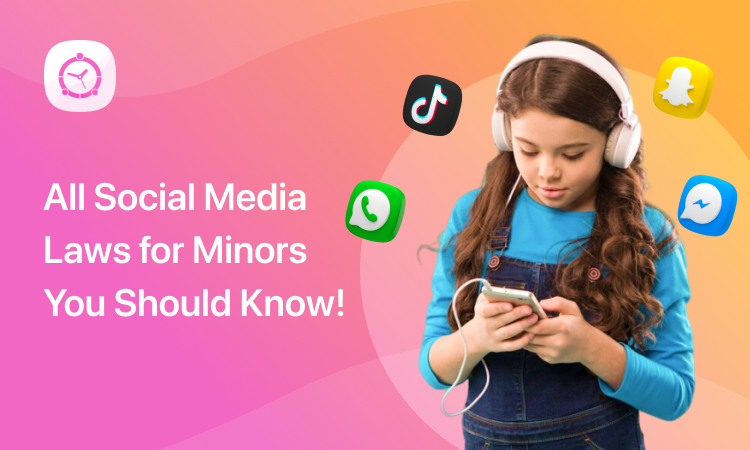Con-men have been around for ages. However, catfishing is relatively a few decades old. The creation of the internet paved the pathway to modern-day conning, now known as Catfishing. Our kids are growing up in a society laced with dangers we never had to face before. That thought irks parents leading them to ponder how to deal with it.
The best way to prepare our kids is to teach them about the dangers of catfishing, how they can spot fake identities, and use parental control software, such as the FamilyTime app. Let’s begin by understanding what catfishing means and how it works.
Catfishing & Fake Profiles – What Does It Mean?
Catfishing is when someone creates an online profile by assuming a fake identity and interacts with others for personal gain. Social media apps, such as Instagram, YikYak, Discord, etc., are breeding grounds for these horrendous criminals. As parents, you must learn which apps are unsafe for kids and do your best to keep them away from age-inappropriate content.
Catfishers begin by luring victims under the pretense of forming some type of relationship (sexual, romantic, or just friendship) and end up extorting them. They may give or ask for sexual/financial favors without meeting you in person. Puzzled how they can ask/give sexual favors online? Let’s find out how it works.
How Do They Work?
Ever heard of online grooming? Though online grooming is relevant to sexual favors, it is similar to catfishing in some ways. Catfishers are expert manipulators and quite meticulous. They may begin with innocent flirtation, accelerate to sexting, and ease their victims into giving them sexual/financial favors. That’s how they groom you online. They ask for nudes or sexual videos, only to use them later for blackmail and extortion.
They create fake identities on social media with believable photos and relevant information to avoid suspicion. They initiate conversations and promise to meet but never come face-to-face. You’ll hear plenty of plausible excuses about why they couldn’t meet you. Catfishers target adults and kids alike. However, kids are more vulnerable to the dangers of catfishing. How come? We have got an explanation.
Kids – An Easier Target for Catfishers
Kids are innocent, gullible, and almost always find the best in people – especially when someone tries to be kind to them (even online). People mostly assume catfishers target strangers, but that’s not the case. For instance, a young kid who gets bullied in school may receive a message or a friend request from a popular kid in their school. The desire to fit in with the popular crowd may push them into the arms of a catfisher pretending to be that popular kid from their school. As heart-wrenching as it is, most of such cases turn out to be mean-spirited people preying on kids’ vulnerabilities.
If that worries you as a parent, you aren’t alone. To safeguard kids from such horrors, you must educate them about the dangers of catfishing. Help them understand why it is crucial to practice digital safety and social media privacy.
Teaching Kids About Dangers of Catfishing & Social Media Privacy
The first step for parents is to engage kids in a conversation about catfishing without making it obvious. Make them comfortable and broach the subject indirectly. You can break the communication barrier by pretending to be unfamiliar with it and sounding them out if they know about it. In case they do, let them explain it to you. If not, you can tell them that you’ve read about it earlier or heard someone mentioning the dangers of catfishing.
Keep the idea alive by bringing it up for a few days in a row to instill its importance in your kids’ minds. Establishing an open relationship built on trust can help your kids open up to you about their online lives. This way, you can stay in the loop and know who they talk to online.
Parents have a responsibility of keeping kids safe from all dangers, online or otherwise. Helping kids realize that they must be protected is part of the job. You can teach them how to spot fake identities of catfishers online, in addition to taking them on board to be monitored by a parental control solution like the FamilyTime app.
How to Spot Catfishers?

There are several ways to spot catfishers with fake profiles. Let’s explore some warning signs to flag the dangers of catfishing.
Talking Only Via Text Messages
Catfishing happens behind the curtain. The person orchestrating this elaborate charade never reveals their identity because their success hinges upon anonymity. Therefore, they always talk via messages, online or offline. They’ll never agree to expose themselves via video chats or in-person meet-ups.
Either Demanding or Gifting Things
The endgame for every catfishing predator is to get something tangible out of their charade. It can be a monetary gain in the shape of minor gifts or favors, or they may groom their victims carefully into sexting, nudes, sexual videos, etc. It is worth noting that this could also be reversed. A catfish might also shower their victim with gifts to win them over.
Only Uploading A Handful of Photos
Catfishing is only effective so long as it is believable. To avoid suspicion of their fake identities, they upload a few candid shots on their profiles. They may keep you engaged by posting a couple of photos every few months or so. But, bear in mind that catfishers will work very hard to make you believe they are the real deal.
Not Revealing Any Personal Information
Creating an entirely fake persona demands a lot of time and effort. Catfishers try their best to hide their flaws, but some signs raise red flags. For instance, noticeable gaps in information, lack of pictures, very little digital footprint, etc.
Lack of Friends Online
It is not easy to get traction on fake identities, but it isn’t impossible. People may follow catfishers thinking they’re real and even like their posts or comment on them. However, there will be a noticeable lack of friends in their fake profiles. Beware that some catfishers go the extra mile to create fake friends’ profiles. But, they might slip up, and a lack of info or a bare minimum profile might help you flag them.
Educating kids and raising awareness is absolutely a great idea. The problem is parents can’t entirely rely on this to be enough. Having a parental control app in your corner provides an added layer of tangible security shield around your kids. Here is how the FamilyTime app can be your go-to solution to mitigate the dangers of catfishing.
FamilyTime App – Your Go-To Solution for Catfishing Problems!
The FamilyTime app is a parental control software that allows parents to safeguard their kids in more ways than they can imagine. Here are a few key features that can help you understand why it is the go-to solution to ensure kids’ safety, digital or otherwise.

Call & Text Monitoring – monitor their calls & texts to see who they have been talking to and if there are any red flags you need to look for.
App Blocker – block age-inappropriate or unsafe apps.
Internet Filters & Schedule – filter out all indecent websites or explicit content and set times when kids can access the internet.
Screen Time Limit & Schedule – limit the time they can spend on their devices or on individual apps. Specify the times when they can access their devices as they wish.
Contact Watchlist – set up a watchlist for people you deem unfit to be in contact with your kids.
The FamilyTime app can do a lot more to mitigate the dangers of catfishing and fake identities and rest assured that we prioritize your kids’ safety in every possible way. It offers safety measures beyond the ones mentioned here. You can track your kids’ location in real-time, create a geofence for them, provide an SOS/Panic button for kids to alert you in emergencies, and so much more.








